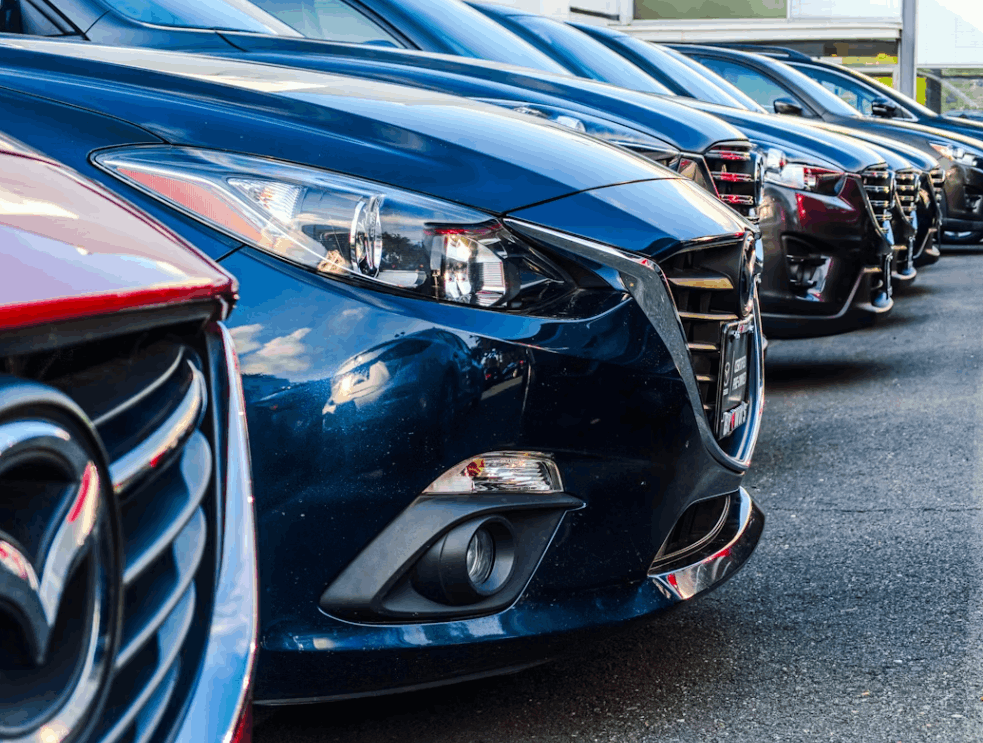
Technology Revolution in Pickup Dropoff Navigation
In the last decade, driving and transport culture has been transformed beyond recognition. At the heart of this revolution stand Navigation, Pickup, and Dropoff tools. From simple GPS devices, we have shifted into an advanced ecosystem of AI data, predictive algorithms, and interconnected platforms. Understanding this transformation is essential to appreciate how modern journeys are planned and executed today.
Navigation systems of the past provided static maps with minimal updates. Today, dynamic systems integrate live satellite inputs, crowd-sourced data, and predictive modeling. This allows a driver not only to see current traffic but to anticipate future conditions. For Pickup planning, this means knowing where congestion might form before it happens, thus adjusting the meeting point. For Dropoff, it means selecting better exit routes before even arriving. Advanced navigation has become not only reactive but proactive.
Artificial intelligence takes this further. Modern apps analyse a driver’s habits and suggest optimal Pickup and Dropoff strategies tailored individually. For example, if a particular passenger frequently orders Pickup near a busy mall, the system may suggest an alternative side street for smoother stops. With AI, every ride becomes customized not only for time efficiency but also for safety and comfort.
Pickup zones themselves are becoming smart. Cities are piloting digital curbs where sensors regulate space allocation, helping drivers find legal pickup and dropoff areas automatically. Navigation apps connected to these systems reduce illegal stopping and traffic obstruction. Future transport could see virtual Pickup zones shifting dynamically, depending on traffic density and pedestrian activity.
Dropoff process benefits from predictive analytics as well. For airport dropoffs, for instance, systems track real-time departure data and suggest adjusted schedules. Autonomous vehicles are even experimenting with automated Pickup and Dropoff where the car communicates directly with passengers’ devices. This evolution indicates a future where technology might handle most of the logistics with minimum human stress.
Yet, challenges remain. Overreliance on technology can lead to blind dependency. If an app suggests an unsafe pickup spot late at night, human judgment must override technology. Similarly, navigation can sometimes be manipulated by poor data or inconsistent signal coverage. A balanced combination of human skill and digital tools is necessary.
In conclusion, Navigation, Pickup, and Dropoff are undergoing a profound revolution. Drivers who embrace technology while retaining awareness will thrive. The future belongs not to machines alone but to collaborations between human adaptability and digital intelligence.